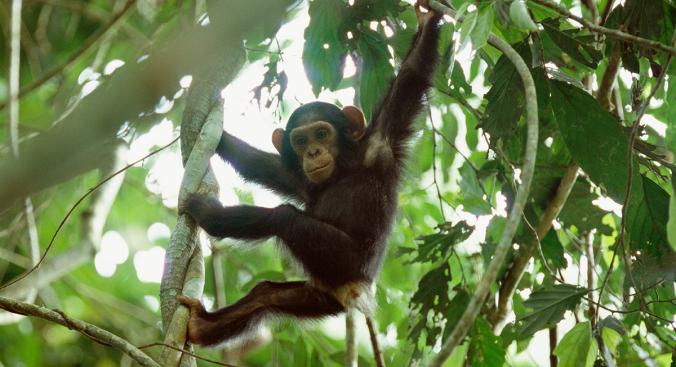
This evening at 7 pm ET, I’ll be talking to Sam about the book on Booktalk Nation, an online show. You can register to see the conversation here.

This evening at 7 pm ET, I’ll be talking to Sam about the book on Booktalk Nation, an online show. You can register to see the conversation here.
Worldwide, women suffer an estimated 2.65 million stillbirths each year. Despite those huge numbers, we only understand some of the factors that are responsible. In low- and middle-income countries (where most of the world’s stillbirths occur), diseases like malaria can put pregnant women at risk of stillbirths. In wealthier countries, the biggest risks include smoking and obesity. But these factors only go partway to explaining why some women have stillbirths, leaving many cases unaccounted for. The benefits that would come from that knowledge could be enormous.

The food you ate today for breakfast has been transformed. Your body has used some of it to generate energy and some to build new tissues. Your body controls your metabolism in a marvelously sophisticated way, channeling resources to each organ to keep it functioning. In my new “Matter” column for the New York Times, I look at how our metabolism evolved. It turns out that our brains and our muscles have an odd kind of metabolism compared to other mammals. Did we lose muscular strength to fuel a big brain? Or did we switch our muscles to a different kind of metabolism, which let our brains burn brighter? The answer’s not clear yet, but the research is pretty cool. Check it out.
The New York Times, May 27, 2014
All animals do the same thing to the food they eat — they break it down to extract fuel and building blocks for growing new tissue. But the metabolism of one species may be profoundly different from another’s. A sloth will generate just enough energy to hang from a tree, for example, while some birds can convert their food into a flight from Alaska to New Zealand.
For decades, scientists have wondered how our metabolism compares to that of other species. It’s been a hard question to tackle, because metabolism is complicated — something that anyone who’s stared at a textbook diagram knows all too well. As we break down our food, we produce thousands of small molecules, some of which we flush out of our bodies and some of which we depend on for our survival.
The New York Times, May 22, 2014
Just a few centuries ago, Madagascar was home to a monstrous creature called the elephant bird. It towered as high as nine feet. Weighing as much as 600 pounds, it was the heaviest bird known to science. You’d need 160 chicken eggs to equal the volume of a single elephant bird egg.
The only feature of the elephant bird that wasn’t gigantic was its wings, which were useless, shriveled arms. Instead of flying, the elephant bird kept its head down much of the time, grazing on plants.
Scientists aren’t precisely sure when this strange creature became extinct, but it probably endured well into our human-dominated age.
Continue reading “A Theory on How Flightless Birds Spread Across the World: They Flew There”